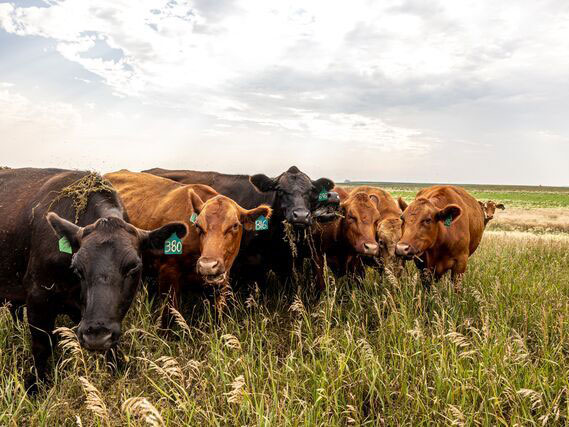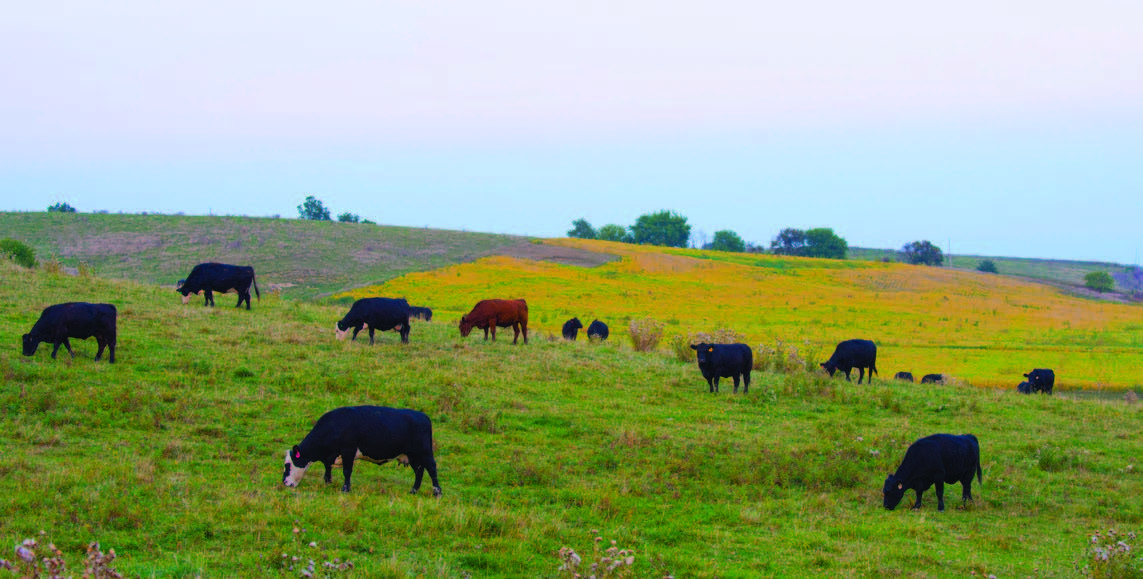Bagley Risk Management : Protecting Your Organization Future
Bagley Risk Management : Protecting Your Organization Future
Blog Article
Key Variables to Consider When Deciding On Animals Threat Security (LRP) Insurance Policy
When reviewing alternatives for Animals Risk Defense (LRP) insurance coverage, several crucial factors warrant careful consideration to make sure reliable risk management in the agricultural industry. Choosing the right protection choices customized to your certain animals procedure is extremely important, as is understanding exactly how exceptional costs correlate with the level of protection offered.
Insurance Coverage Options
When taking into consideration Livestock Danger Defense (LRP) insurance policy, it is vital to recognize the numerous coverage choices offered to minimize threats in the agricultural sector. Livestock Danger Security (LRP) insurance coverage uses various insurance coverage alternatives customized to fulfill the varied needs of livestock manufacturers. Bagley Risk Management. Among the primary coverage options is price coverage, which protects against a decrease in market value. Producers can choose the coverage level that aligns with their price risk management objectives, allowing them to safeguard their procedures versus potential economic losses.
Another vital coverage option is the endorsement period, which identifies the length of time the coverage holds. Manufacturers can pick the endorsement period that ideal matches their manufacturing cycle and market conditions. Additionally, coverage levels and prices vary based on the type of animals being insured, giving manufacturers the flexibility to tailor their insurance intends according to their particular requirements.
Comprehending the different protection options offered under Animals Danger Defense (LRP) insurance coverage is crucial for producers to make enlightened decisions that properly safeguard their animals operations from market uncertainties.
Costs Costs

Livestock Risk Protection (LRP) insurance coverage supplies necessary insurance coverage alternatives tailored to mitigate threats in the farming industry, with a substantial aspect to consider being the calculation and structure of premium costs. When identifying premium expenses for LRP insurance, several factors enter play. These include the type and variety of animals being guaranteed, the protection level selected, the current market prices, historical rate information, and the size of the protection period. Insurance firms might likewise think about the location of the ranch, as geographical aspects can affect the general risk profile.
Insurers evaluate historic data on livestock costs and manufacturing costs to figure out a proper costs that mirrors the degree of risk included. It is crucial for livestock producers to very carefully review premium costs and insurance coverage choices to ensure they are sufficiently shielded versus possible financial losses due to damaging market conditions or unforeseen events.
Qualified Animals
The resolution of qualified animals for Livestock Threat Security (LRP) insurance policy protection entails careful consideration of particular standards and attributes. Animals types that are generally eligible for LRP insurance coverage include feeder cattle, fed swine, livestock, and lambs. These pets should satisfy certain qualifications related to weight ranges, age, and intended use. In addition, the eligibility of livestock may differ based upon the certain insurance coverage supplier and the terms of the policy.
Feeder livestock, for instance, are typically qualified for LRP protection if they fall within defined weight ranges. Fed livestock may additionally be eligible, yet they need to meet specific weight and quality grade requirements. Swine eligible for insurance coverage normally include market weight pets planned for slaughter. Lambs are an additional category of animals that can be thought about for LRP insurance, with aspects such as weight and age playing an important role in establishing their eligibility.
Prior to selecting LRP insurance coverage for animals, manufacturers should thoroughly examine the qualification criteria described by the insurance policy provider to ensure their animals satisfy the essential requirements for coverage.
Policy Versatility
Plan adaptability in Livestock Risk Security (LRP) insurance policy permits producers to tailor protection to match their specific requirements and take the chance of management methods. This adaptability encourages livestock producers to personalize their insurance coverage based on aspects such as the sort of animals they own, market conditions, and private threat tolerance levels. One essential element of plan adaptability in LRP insurance is the ability to select protection degrees that align with the producer's economic objectives and risk exposure. Manufacturers can pick insurance coverage levels that safeguard them against potential losses as a result of variations in animals prices, guaranteeing they are properly insured without paying too much for unnecessary coverage. Additionally, LRP insurance policy uses flexibility in plan duration, allowing manufacturers to choose coverage durations that finest fit their manufacturing cycles and advertising and marketing timelines. By using customizable alternatives, LRP insurance coverage enables manufacturers to efficiently handle their danger direct exposure while protecting their animals operations against unpredicted market volatility.
Insurance Claims Refine
Upon experiencing a loss or damages, manufacturers can initiate the insurance claims procedure for their Animals Threat Protection (LRP) insurance coverage by without delay contacting visit homepage their insurance supplier. It is crucial for producers to report the loss as quickly as feasible to expedite the claims process. When reaching out to the insurance coverage copyright, manufacturers will need to offer in-depth info concerning the case, consisting of the day, nature of the loss, and any kind of pertinent documentation such as veterinary records or market prices.

After the analysis is complete, the insurance coverage provider will her response choose concerning the insurance claim and connect the outcome to the manufacturer. If the case is approved, the producer will certainly obtain compensation according to the regards to their Animals Risk Protection (LRP) insurance coverage. Bagley Risk Management. It is important for producers to be accustomed to the cases procedure to ensure a smooth experience in case of a loss

Conclusion
Finally, when choosing Livestock Risk Defense (LRP) insurance policy, it is vital to take into consideration coverage alternatives, premium prices, qualified livestock, policy flexibility, and the cases procedure. These crucial elements will aid make certain that breeders and farmers are sufficiently safeguarded against possible dangers and losses related to their animals procedures. Making an informed choice based upon these considerations can inevitably cause better economic protection and comfort for livestock manufacturers.
Livestock Threat Security (LRP) insurance uses different insurance coverage choices customized to satisfy the diverse requirements of livestock manufacturers.The determination of qualified livestock for Animals Risk Security (LRP) insurance protection involves cautious consideration of certain criteria and attributes.Policy versatility in Animals Danger Defense (LRP) insurance permits producers to tailor insurance coverage to suit their certain needs and run the risk of monitoring techniques.Upon experiencing a loss or damages, producers can start the cases procedure for their Livestock Danger Defense (LRP) find more information insurance by immediately calling their insurance supplier.In verdict, when selecting Livestock Danger Defense (LRP) insurance, it is vital to take into consideration coverage choices, premium expenses, qualified animals, plan flexibility, and the insurance claims procedure.
Report this page